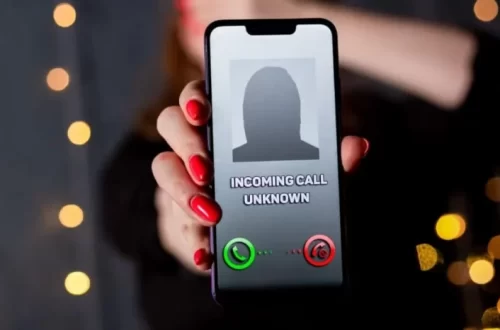In an era where online scams and phishing attempts are becoming increasingly sophisticated, it’s crucial to stay vigilant and informed. One such scam that has been making the rounds is the US9514901185421 USPS scam email, which often includes a spam USPS tracking number. In this article, we will dissect this scam, provide tips on how to spot it, and answer frequently asked questions to help you stay safe in the digital landscape.
Understanding the US9514901185421 USPS Scam Email and Spam USPS Tracking Number
What is the US9514901185421 USPS Scam Email?
The US9514901185421 USPS scam email is a fraudulent email that purports to be from the United States Postal Service (USPS). These emails typically contain alarming subject lines, such as “URGENT: USPS Delivery Status Notification” or “Your Package is Pending.” The scammers aim to trick recipients into opening the email and taking actions that may compromise their personal information or devices.
How Does the Scam Work?
- Phishing Links: The scam email often contains links that lead to fake USPS websites. These sites are designed to look legitimate but are actually controlled by cybercriminals. If you enter personal information or payment details on these sites, you could fall victim to identity theft or financial fraud.
- Malware Downloads: Clicking on links or downloading attachments in these scam emails may lead to the installation of malicious software (malware) on your device. This can give hackers access to your personal data and compromise your security.
- Fake Tracking Numbers: The inclusion of a spam USPS tracking number is a common tactic in these emails. It is meant to lend an air of authenticity to the email, but in reality, the tracking number is typically fake.
How to Spot the US9514901185421 USPS Scam Email
- Check the Sender’s Email Address: Authentic USPS emails will come from official USPS domains, such as “@usps.com.” Be cautious if the sender’s email address looks suspicious or uses a free email service.
- Review the Language: Scam emails often contain grammatical errors and awkward phrasing. If the email appears poorly written, it may be a scam.
- Examine the Links: Hover your cursor over any links in the email (without clicking on them). If the URL doesn’t match the official USPS website, it’s likely a scam.
- Don’t Trust Unsolicited Emails: Be cautious of emails you didn’t expect or didn’t initiate. If you’re not expecting a package, treat such emails with skepticism.
FAQs:
1. What should I do if I receive a suspicious USPS email?
If you receive a suspicious USPS email, do not click on any links or download any attachments. Instead, delete the email immediately. If you’re unsure about an email’s legitimacy, contact USPS directly through their official website or customer service channels.
2. Can I report scam USPS emails?
Yes, you can report scam USPS emails to the United States Postal Inspection Service (USPIS) through their website. They investigate such scams and work to take down fraudulent websites.
3. What should I do if I’ve already clicked on a link in a scam email?
If you’ve clicked on a link in a scam email, run a full antivirus scan on your device to check for malware. Change your passwords for important accounts, such as email and banking, and monitor your accounts for any suspicious activity.
4. How can I verify the status of a USPS package legitimately?
To verify the status of a USPS package, visit the official USPS website (www.usps.com) and use their tracking feature. Enter the authentic tracking number provided to you by a legitimate sender.
In the age of digital communication, it’s essential to stay cautious and informed about potential scams like the US9514901185421 USPS scam email. By arming yourself with knowledge and practicing vigilance, you can protect yourself from falling victim to cybercriminals and their deceptive tactics. Stay safe online!





Average Rating